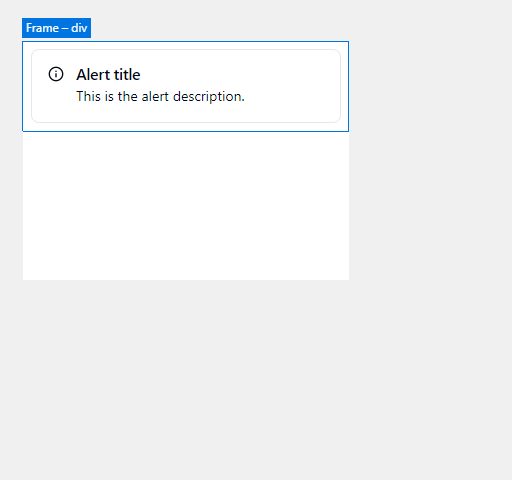💡 Communicating programming ideas 📑 On simplicity 🎥 What even is code?
Our Work
💬 Robin Allison
I really like TodePond's video "Screens in Screens in Screens". I've been wanting to do the same kinda thing with mathematical formulas instead of shapes, a kind of "formulas in formulas in formulas", but I'm an awful programmer so I'll describe some math you can do to that effect. Apologies in advance for the shoddy explanation though.
Here's a thing you can do with "screens". You can name screens. Start with some screens A B C. Then if C is inside A, and A and B are the same color, then there is a copy of C inside B. What do you call this copy? "The copy of B from A to C"? It will be convenient if we give it a symbolic name. Call it (A->B)C. Or if you are really hardcore you can call it just t(A,B,C) where t is a ternary operator describing the result of copying C from A to B. You may think to only consider (A->B)C when C is inside A, but the math becomes tractable if you consider all screens at once. Then we can stipulate some axioms:
-
(A->A)B = B
-
(A->B)A=B
-
(B->C)(A->B)=(A->C)
-
(A->(X->Y)A)=(X->Y)
The first axiom means if you are copying a screen from one screen to itself, you aren't changing anything. The second axiom is "obvious" except for considering (A->B)A in the first place. The third axiom means if you copy a screen from A to B and then from B to C that is the same as if you were to copy it from A to C directly. It is also shorthand for (B->C)((A->B)D) = (A->C)D for all screens D. The fourth axiom takes a bit more explaining. Basically we want this equation to be true whenever A is in X, and both sides are being used to copy something from A. But our theory at this point doesn't have a predicate for "A is contained in X" so we say it holds in all cases.
With these axioms you can show the operators (A->B) form an algebraic structure called a group: You can multiply them by performing one copy after the other (C->D)(A->B). This operation is associative (I mean, it must be), and has an identity element and inverses. The identity being (A->A) and the inverse of (A->B) being (B->A).
Another perspective is to view screens as points in an affine space (i.e. vector space without a specified origin). Then (A->B)C can be thought of as (B-A)+C, and each of the axioms above can be interpreted as vector equations. This isn't a good model though because it ends up saying some screens are the same when they should be different. You can still take the above axioms and show that screens form a generalization of affine spaces called torsors.
I'll share more if anybody is interested. It really needs a much longer write up, but I thought somebody might know if its already been done before.


[x] Change Month and Week Number
[x] focWeekExport "2023-01-19" "2023-01-26"
[x] Update Search Index
[x] Download New Attachments
[x] Update links
[x] Check that comment links work (push weekly dump with channel summaries)
[x] Check to mention right person for moved messages
[x] Summary
[ ] Hashtags
[ ] Set title in newsletter
https://tinyletter.com/
https://tinyletter.com/marianoguerra/letters/
http://localhost:8000/history/
https://marianoguerra.github.io/future-of-coding-weekly/
https://stackedit.io/app#